Everything You Need To Know About Cornelia de Lange Syndrome
Congenital disorders are conditions present at birth, which means they cannot be 'caught' years later. The patients are born with it. There are some common congenital conditions, such as Down syndrome, cerebral palsy, cleft palate, and cystic fibrosis, and various hearing or sight-related conditions. Most individuals know at least a little bit about the common congenital disorders, even if this information is just the name of it. These conditions are also the most likely to have a charity raising research funds for the condition.
However, there are also quite a few rare congenital disorders out there. Unfortunately, many individuals have never even heard of them, let alone know anything else about them. One of these rare congenital disorders is Cornelia de Lange syndrome (CdLS). Start reading for everything patients should know about this syndrome, including what it is, as well as the causes, symptoms, treatment, and patient prognosis.
What Is Cornelia De Lange Syndrome?
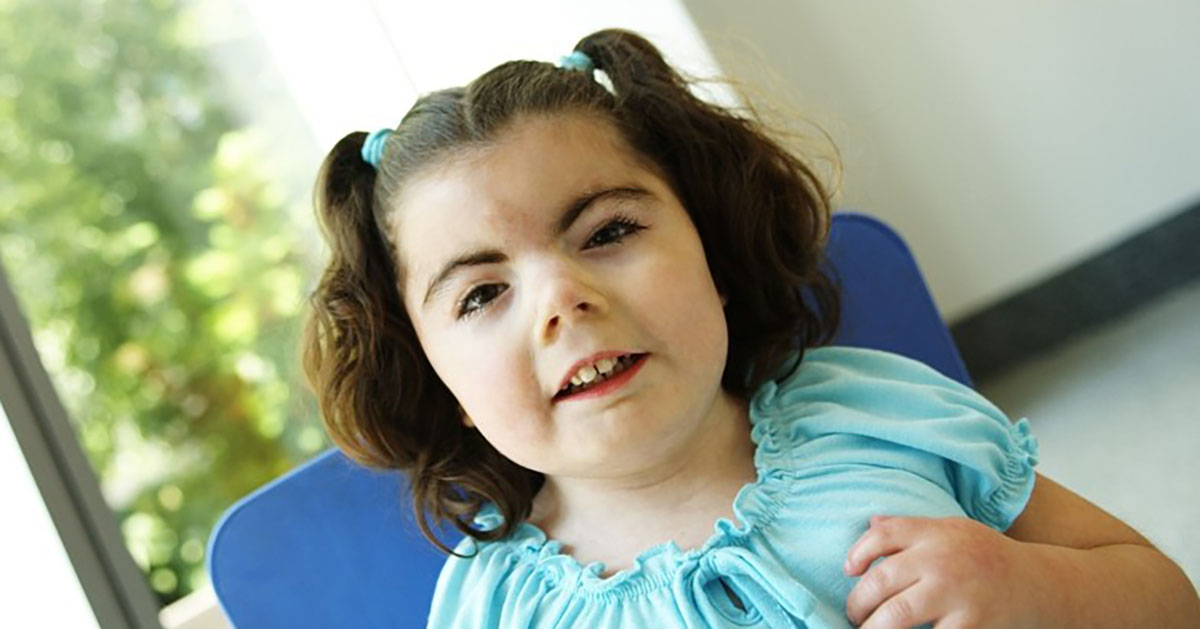
As stated previously, Cornelia de Lange syndrome is a congenital disorder. Though it is present at birth, doctors may not always be able to diagnose it from birth. This disorder causes many medical, cognitive, and physical challenges for those who suffer from it. The symptoms and their severity vary widely but often include growth delays, limb defects, intellectual disabilities, and distinctive facial characteristics.
It is clear CdLS does not discriminate in who it affects, and is present in both genders equally, and can affect anyone of any race or ethnic background. The condition is named after a Dutch pediatrician, Cornelia Catharina de Lange, who first described it. Reports estimate CdLS occurs once in every ten thousand live births.
Understanding what this condition is essential, but what about what causes it? Continue reading to reveal these details.
What Causes It?
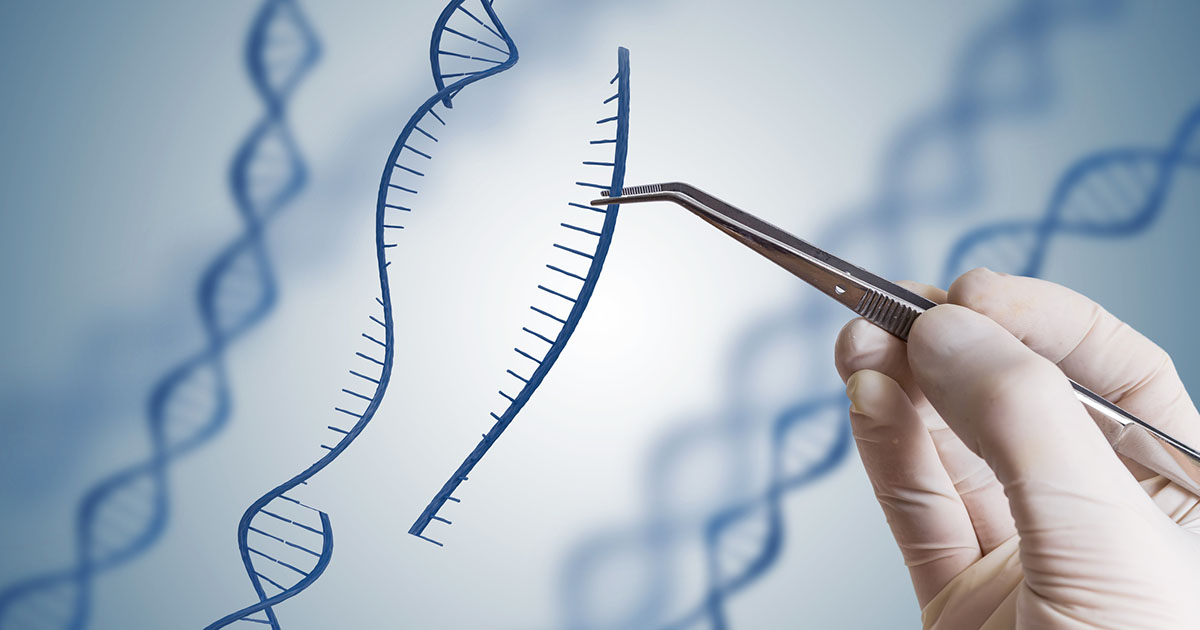
Research reports estimate that sixty-five percent of all CdLS cases are the result of mutations in the Nipped-B-like protein (NIPBL) gene. The NIPBL gene is responsible for creating a protein known as delangin, which plays a key part in human development, including controlling chromosome activity during cell division and repairing damaged DNA. Mutations in one of the four following genes account for an additional five percent of CdLS cases. HDAC8, responsible for an enzyme called histone deacetylase 8, RAD21, part of the cohesin complex, a protein group that holds the sister chromatids together, as well as SMC1A or SMC3, which are part of the structural maintenance of chromosomes (SMC) gene family.
Unfortunately, research has also shown in thirty percent of CdLS patients, the genetic cause of the disorder is currently unknown. Additionally, although Cornelia de Lange syndrome can be inherited, almost all cases are the result of new mutations in individuals with no family history of this disorder.
Of course, the key to understanding when someone has CdLS is in its symptoms. Continue reading to learn about what these are.
Symptoms Of CdLS
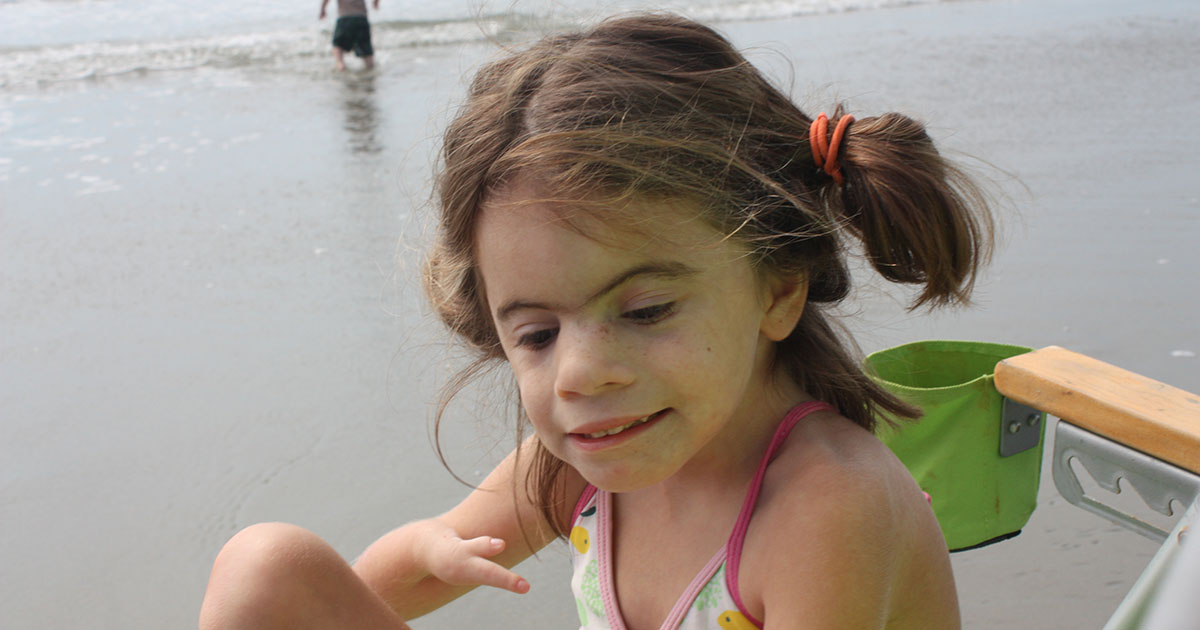
Though the symptoms of CdLS can differ, common ones affected individuals experience include delayed growth during fetal development and after birth, developmental delays, intellectual disabilities, skeletal abnormalities in the arms and hands, gastrointestinal difficulties, excess hair growth, hearing loss, and nearsightedness. Other potential symptoms include genital abnormalities such as cryptorchidism, as well as congenital heart defects and seizures.
The craniofacial features typically displayed by CdLS patients include microcephaly, where the head’s circumference is smaller than average, synophrys, where arched eyebrows grow together in the middle, small, widely spaced teeth, low-set ears, and a small, upturned nose.
How do doctors go about revealing these symptoms and diagnosing Cornelia de Lange syndrome? Keep reading to find out.
The Road To Diagnosis
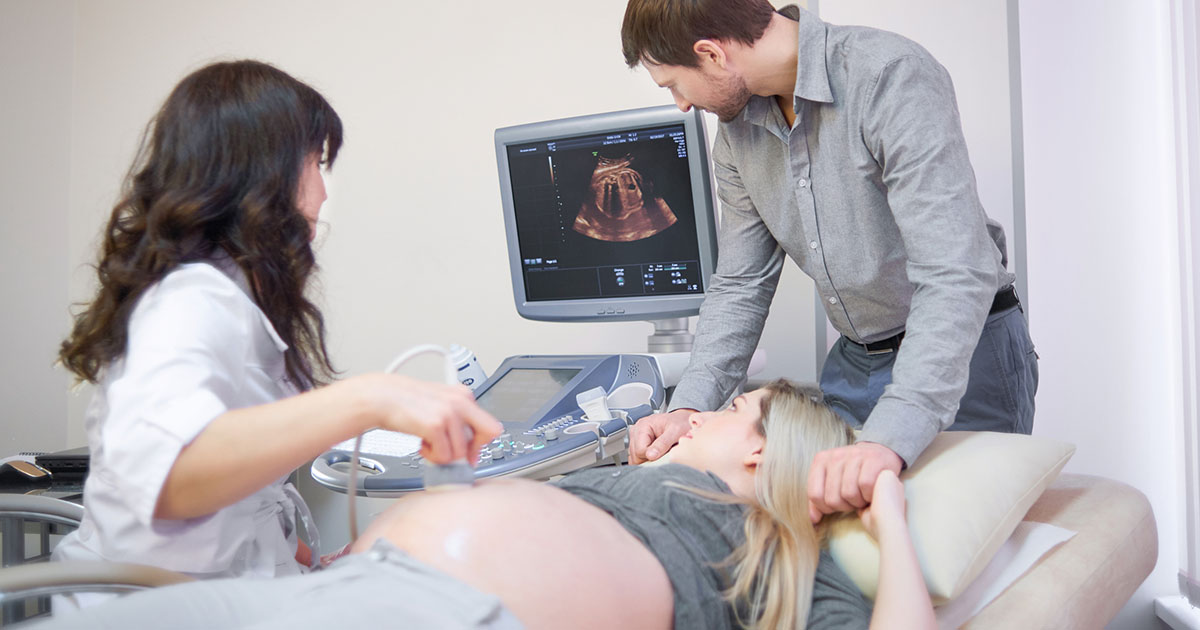
Similar to other conditions, a CdLS diagnosis is determined by identifying its characteristic symptoms with a thorough medical examination of the patient in question. Genetic testing may be able to confirm the diagnosis, but as previously mentioned, thirty percent of cases have an unknown genetic cause. Diagnosis typically occurs after birth or during childhood when the physical characteristics are present, though it can be difficult if symptoms are mild. However, Cornelia de Lange syndrome can occasionally be diagnosed prenatally through ultrasound imaging. In ultrasound imaging, the reflected sound waves create an image, which may reveal some of the characteristics of CdLS. When they do reveal characteristics, they are typically limb abnormalities, organ malformations, facial anomalies, as well as delayed growth.
Once CdLS is accurately diagnosed, the next step is to determine the appropriate course of treatment for the patient. Continue reading to learn about what options are available.
Treatment Options
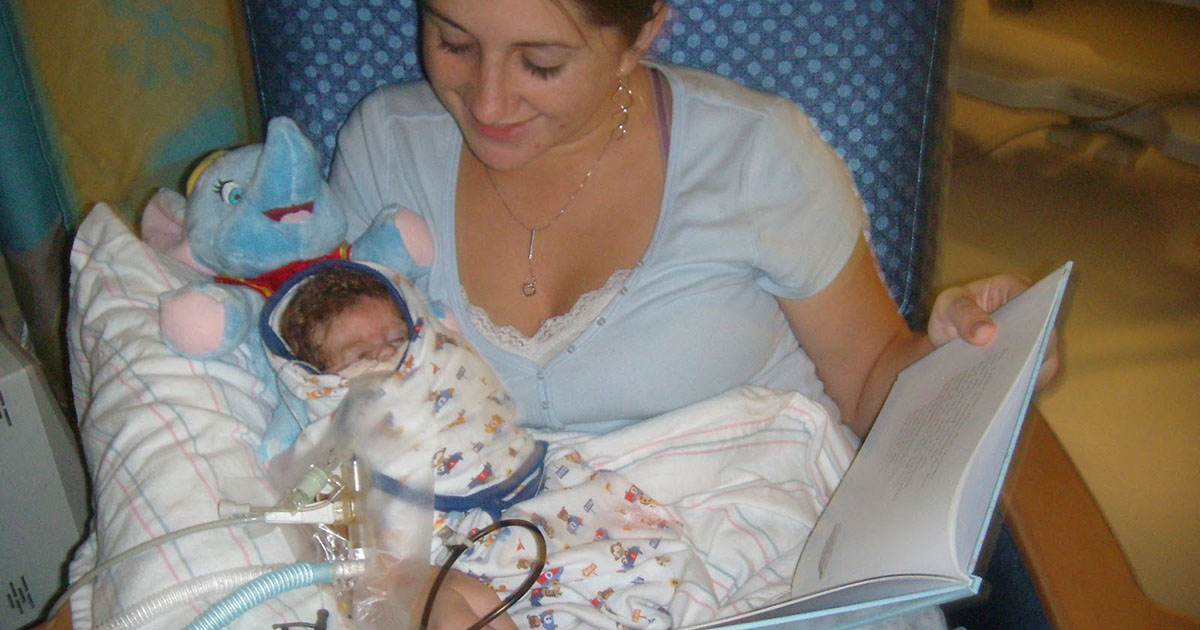
Treatment for CdLS will require a team of doctors and other healthcare professionalssince this disorder affects many parts of the body. Examples of those commonly involved in this team are geneticists, plastic surgeons, gastroenterologists, cardiologists, speech pathologists, orthopedic surgeons, audiologists, as well as a pediatrician.
Though specific treatment strategies will vary based on each patient and how the disorder is affecting them, there are some typical options. For instance, since many CdLS patients have delayed or poor growth, they often receive either gastrostomy tube placement or supplemental feedings to help meet their nutritional requirements. Many patients also receive continuous speech, physical, and occupational therapy to assist in their development. Individuals with skeletal abnormalities and congenital heart defects stemming from CdLS may also be candidates for, or even requiresurgical intervention. Some gastrointestinal problems may also need surgery, although treatment to meet nutritional requirements, mentioned earlier, may still be necessary. Finally, when seizures are present in a patient’s CdLS, doctors may recommend anti-seizure medication to help alleviate the seizures.
Continue reading to learn about the typical prognosis for patients with Cornelia de Lange syndrome.
Patient Prognosis
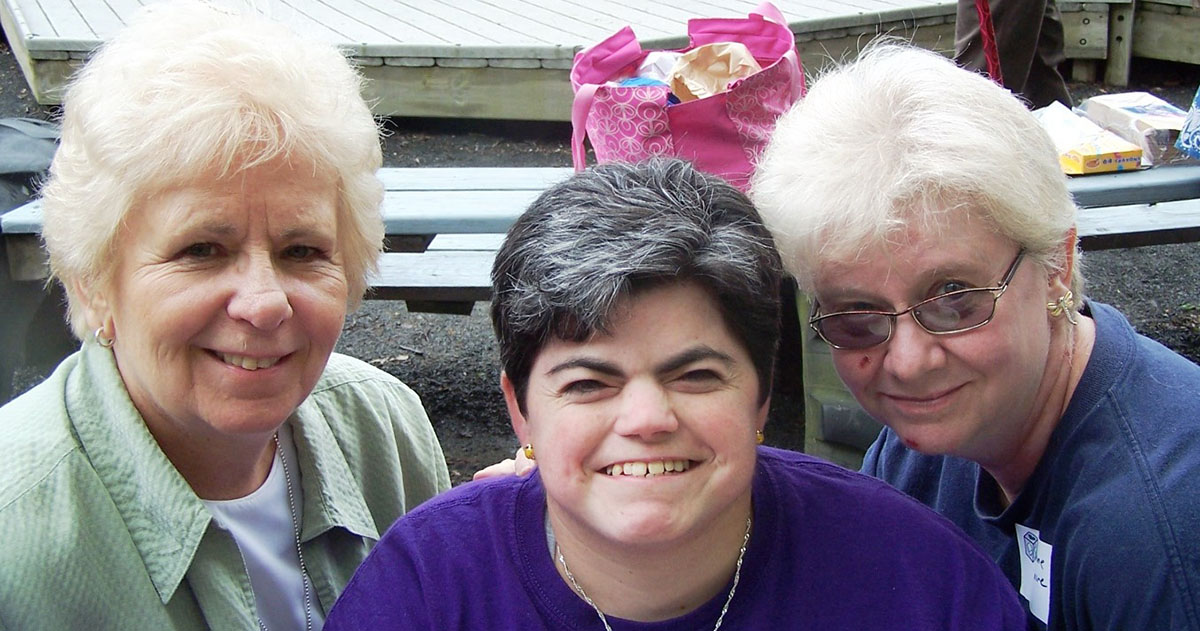
When treatment is started early and maintained effectively, most children diagnosed with Cornelia de Lange syndrome can expect a relatively normal life expectancy and live well into their adult years despite this condition. With that said, however, certain features do put patients at an increased risk of a decrease in their overall life expectancy. Such features include severe malformations of the patient’s heart or throat.
Although it is a rare congenital disorder, it is clear Cornelia de Lange syndrome is a severe condition. As such, the importance of understanding the symptoms and causes of this condition cannot be understated. After all, they are the stepping stones in determining how to treat CdLS effectively!